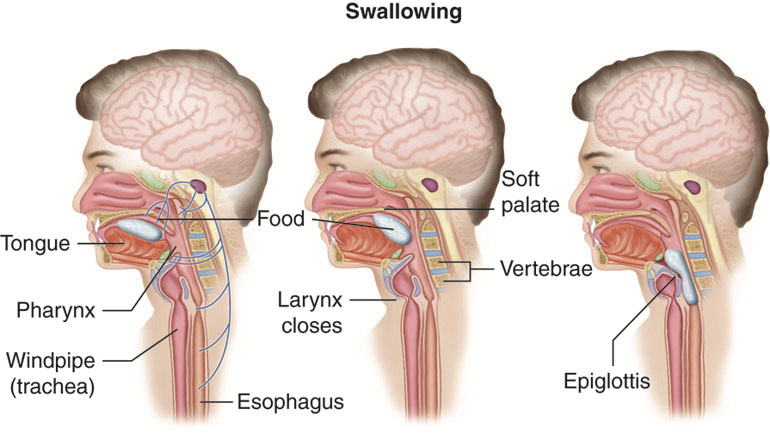
By: Prof. Dr. Seyed Saeid Zamanieh Shahri, MD and Prof. Dr. Sonia Sayyedalhosseini, MD
Types of laryngeal cancer:
• Squamous cell cancer (the most common type of larynx cancer)
• Adenocarcinoma or cancer of glandular cells that secrete mucus. This type rarely happens.
• Lymphoepithelioma;
• Spindle cell cancer;
• Wart-like cancer;
• Cancer with unknown cause;
• Sarcoma;
• Melanoma.

What methods do specialists use to diagnose laryngeal cancer?
Examining a person’s life history (especially if there are risk factors) and clinical tests help the doctor to better diagnose the possibility of cancer. Also, additional tests can help make a better diagnosis, including imaging such as CT scan, MRI, PET scan, chest X-ray, laryngoscopy, and barium swallow, all of which can provide useful information about the location and To tell the doctor how far the cancer has spread, taking a sample or biopsy from the tumor helps to make a final diagnosis of laryngeal cancer. Sampling can be done through surgery in the throat area and inserting a needle into the tumor or using endoscopy.
Determining the stage of cancer progression by healthcare professionals
Laryngeal cancer stages are determined by the TNM system.
T stage shows how much the tumor has spread in the larynx, pharynx and surrounding tissues;
• Stage N (N) indicates whether the tumor has spread near the lymph nodes or not;
• Stage M (M) indicates the migration of the tumor, that is, the cancer has been transferred to distant organs.
All these steps together show the progress of the disease. After stage zero (where the tumor is in one area and has not yet spread to surrounding cells), the other stages are indicated by Greek letters as stages 1 to 4 (I to IV). The smaller numbers mean that the cancer is in the initial stages and has not spread, and the larger numbers, such as stage 4 (IV), indicate the progress and spread of the disease.
Who are the specialized group of larynx cancer treatment? Usually, for the treatment of laryngeal cancer, a treatment group is formed for the patient and the following specialists are present in it:
• Endocrinologist;
• Surgery group;
• Plastic surgeon;
• Radiology Department;
• Gastroenterologist;
• dentist;
• speech pathologist;
• nutritionist;
• Physiotherapist.
This expert group chooses the best method to treat or control the disease and reduce its symptoms and help the patient and his family to live better with a little change in lifestyle and despite the disease.
What are the side effects of using different treatment methods? The side effects of using treatment methods are different for different people. But common side effects include inflammation of the mucous membrane, dry mouth, skin changes (especially after radiation therapy), nausea and vomiting (especially after chemotherapy), fatigue, sore throat, difficulty in swallowing, increase in sticky mucus, loss of appetite, loss of taste. He mentioned hair loss and difficulty breathing. In many patients, the side effects disappear after a few weeks or months, but in a small number of patients, these effects will remain forever.









